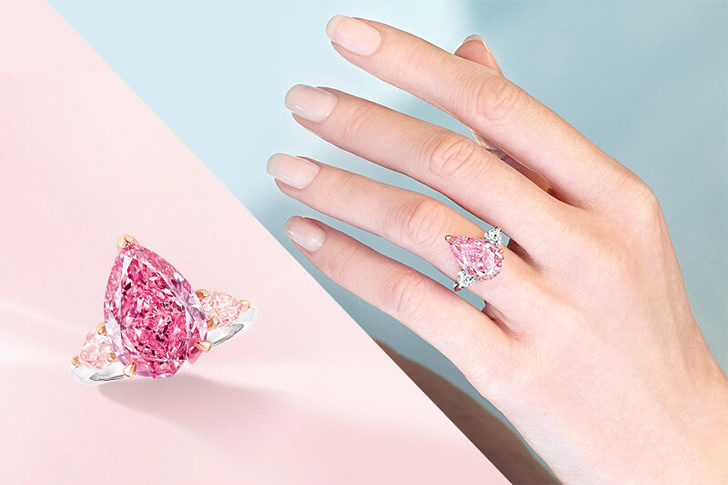How to Compare Lab Diamonds with Natural Ones
The advent of lab-grown diamonds has sparked a revolution in the gemstone industry, presenting a new frontier that parallels the natural diamond market. Consumers now find themselves weighing their options between lab diamonds and their natural counterparts. This guide seeks to provide a thorough comparison, demystifying misconceptions, and highlighting key factors you should consider, ensuring you make an informed decision that aligns with your values and preferences.

Understanding the Origin:
The most striking difference between lab diamonds and natural diamonds is their origin. Natural diamonds form over billions of years in the Earth’s mantle, while lab diamonds are created in controlled environments over weeks or months. Understanding these origins isn’t just about appreciating won this page your diamond comes from; it’s about the environmental, ethical, and social implications behind each.
Evaluating the Quality and Characteristics:
When it comes to the 4Cs (Cut, Color, Clarity, Carat), lab diamonds are virtually identical to natural diamonds and are graded by the same standards. However, they often have fewer inclusions because of the controlled environment they’re created in. Consumers need to understand that the same criteria study when assessing the quality of both types.
Considering the Cost:
Lab diamonds are typically more budget-friendly than natural diamonds because they’re less resource-intensive to produce, and the supply chain is shorter. For buyers, this often means being able to purchase a larger or higher grade diamond for the same price as a smaller natural stone.
Ethical and Environmental Implications:
Lab diamonds are touted as an ethical alternative because they require no mining, reducing the environmental strain and avoiding the ethical dilemmas associated with conflict diamonds. For consumers passionate about social and environmental responsibility, this difference is often a decisive factor.
Resale Value and Investment Potential:
Natural diamonds usually have a higher resale value seed to lab diamonds. This is due to the long-standing market perception and demand for natural stones. While lab diamonds share physical, chemical, and optical properties with natural diamonds, differences in market demand, scarcity, and industry acceptance affect their investment and resale potential.
Comparing lab-grown diamonds with natural diamonds isn’t a black-and-white process. It involves understanding the nuances behind their origins, quality, cost, ethical implications, and value retention. While lab diamonds offer a more budget-friendly and ethically sound choice, natural diamonds are traditionally revered for their ancient origin and resale value. The decision ultimately hinges on personal preferences, values, and priorities. As the gemstone industry evolves with these emerging alternatives, being informed is the good way to ensure your choice is one you can feel proud of and satisfied with, regardless of the diamond’s origin.







Recent Comments